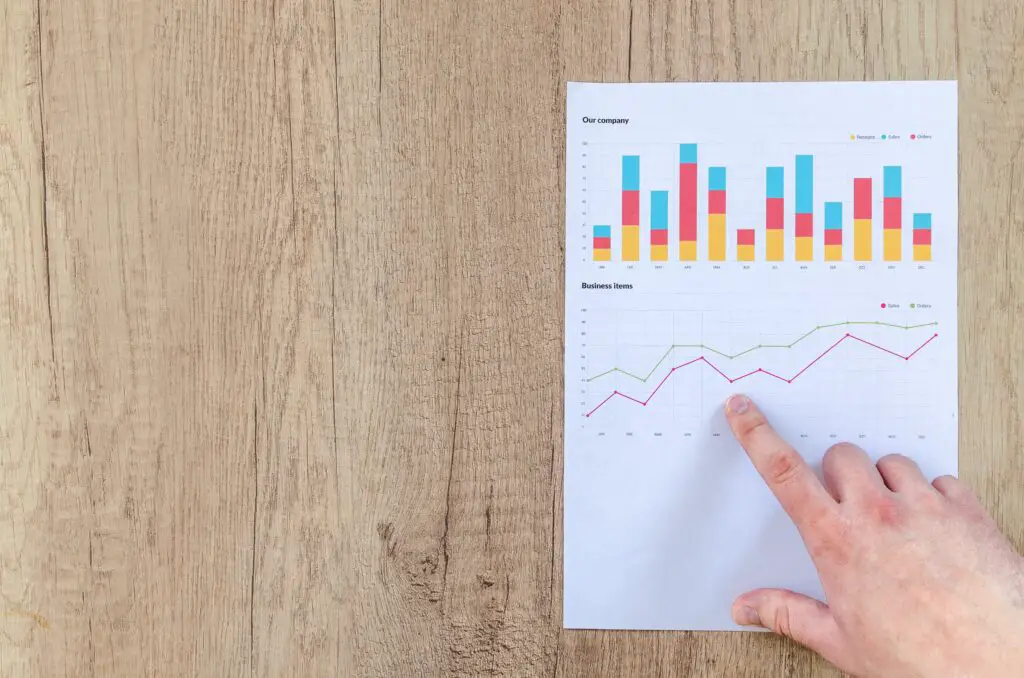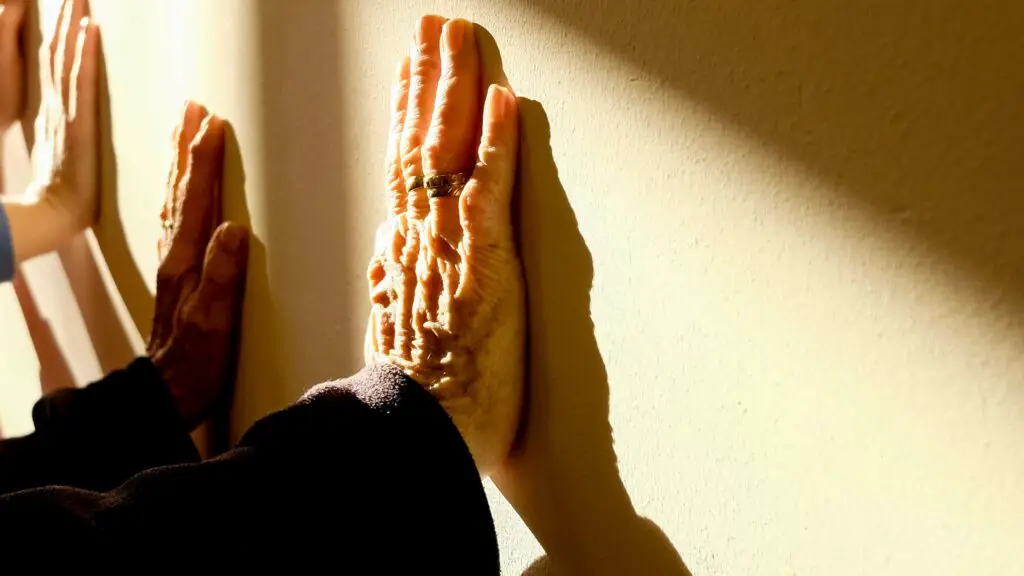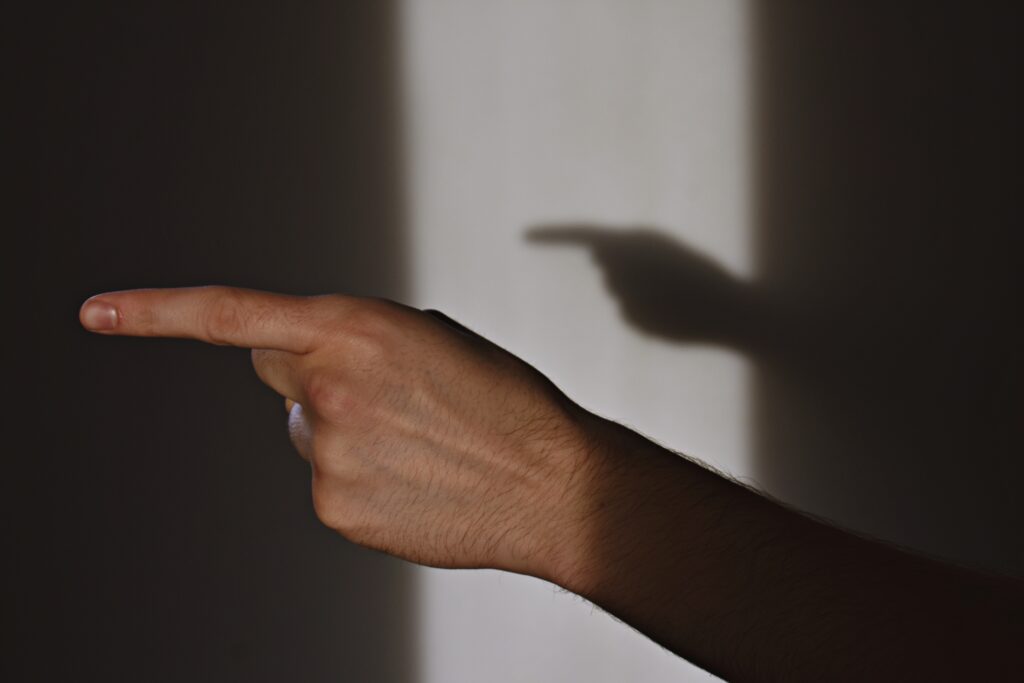A modern-day nightmare, a scary reality, and an increasingly frequent event all wrapped into one, a country default is what happens when a country defaults or a national government fails to meet its debt obligations. In simple terms, a country defaults when it can no longer make payments on what it owes to its creditors.
The effects of default are immediate and far-reaching, subtle and serious, and economic and social. Generally speaking, the country itself experiences economical difficulties after defaulting on its debt obligations; inflation rates increase, and growth slows down.
But what does a country’s default actually means for its citizens? In short, it affects the entire economy with direct and indirect impacts. The direct effects include a decrease in the value of the local currency, rising unemployment rates and a reduction in wages.
Indirectly, a country’s default can also have an impact on international trade, foreign investments and the global financial markets. Banks are often unable to pay what they owe to other banks, and companies trading internationally may suffer cash flow problems as they fail to receive the money they are due from abroad.
Ultimately, what happens when country defaults are that it is not able to make payments to its creditors, and the citizens feel the impact of a weakened economy.
Why Do Countries Default?
Countries default on their debt due to a variety of factors, including economic distress caused by declining foreign investments, rising debt levels and decreasing tax revenues. Defaulting on one’s debt can also be a political choice if a government decides it is more beneficial to use what money it has in another way rather than to pay back what has been borrowed.
Most third-world countries default because of bad financial management and an unwillingness to restructure debts. This is generally what happens when the country’s politicians cannot or will not take responsibility for their bad choices.
Recent Examples of Countries Defaulting
Let’s take the example of Sri Lanka, the most recent example of a country defaulting on its debt. The Central Bank of Sri Lanka raised interest rates to nearly 10 percent in an attempt to control the nation’s currency inflation and slow its economic decline. But this only backfired and caused further deterioration of Sri Lanka’s economy, leading to a default on its debt.
Many resource-rich countries can also find themselves in a situation of default. This is what happened to Venezuela, a country that was once one of the wealthiest countries in South America but is now struggling under the weight of its debt. Nigeria is another example, a country super-rich in oil resources. Even though it has not yet defaulted, the country has struggled to pay its debt obligations due to a decline in oil prices.
What Does It Mean When a Country Defaults?
It generally means lenders come knocking on your door and demanding what they are owed. When a country defaults, it can be forced to pay higher interest rates for future loans or be denied access to any new borrowing until what is owed is paid back.
This can also mean that lenders may take legal action against the nation and freeze its assets, such as its foreign currency reserves, or even seize any physical assets it has. These measures can cause massive economic damage to the country and can have a long-term impact on its citizens.
Defaulting countries can also experience a decrease in their credit ratings, meaning any future loans will be more expensive and harder to obtain. This can have a significant knock-on effect, as companies may be unable to invest in new projects or hire more people due to the lack of available funds.
Defaulting on a loan can have serious implications for both the lender and the borrower, so it is important to understand what can happen when a country defaults. Often, the consequences are far-reaching and can have serious economic ramifications that last for years to come.
List of Countries That Have Defaulted on Debt
There have been many countries that have defaulted on debt over the years, including Greece, Argentina, Mexico, Venezuela, Iran, the Republic of China, Japan, Ghana, Zambia, Jordan, Kuwait, Myanmar, Turkey, Spain, Portugal, Russia and many more.
This is not the complete list, as some countries have defaulted on multiple occasions, and some defaults were not publicly declared. However, what is clear is that a country’s ability to repay what it owes and maintain its financial stability can be seriously affected after a default.
Here is the complete list of countries that have defaulted; click here to read.
Defaulted Countries That Have Bounced Back
All is not lost. Some countries that have defaulted on their debt have been able to recover and go on to pay what they owe. This includes Spain in 1936, Egypt in 1984, Brazil in 1990, and, surprisingly, The United States in 1933. Through a combination of stringent austerity measures, structural reforms, and improved financial planning.
Default Risk Countries
As per the latest financial risk assessment, some of the countries that are at risk of defaulting on their debt include:
Pakistan
Pakistan is currently facing what some experts call a debt crisis, with its current external debt standing at $125 billion. The country is struggling to keep up with repayments and has so far failed to secure additional financing.
Tunisia
Tunisia has the highest external debt-to-GDP ratio of any country in North Africa, and its current external debt stands at $37 billion. This has put the country at risk of defaulting on its debt and plunging into a financial crisis.
Ukraine
Ukraine is currently facing what some experts consider to be a “debt trap,” with its current external debt standing at $123 billion. The country has been unable to refinance its existing debt and is now at risk of defaulting on what it owes.
Ghana
Ghana’s public debt stands at $34 billion, and the country is struggling to keep up with repayments. The government has recently announced a debt relief package, but it is still at risk of defaulting on what it owes.
El Salvadore
El Salvadore’s public debt stands at $12 billion, and the country is struggling to keep up with repayments. The government has implemented a series of austerity measures in order to reduce its debt burden, but it is still at risk of defaulting.
How To Survive in a Defaulted Country?
If you live in a country that has defaulted or is near to default, it is important to ensure you prepare yourself financially. This means keeping an eye on what the government is doing financially and what any potential rescues or bailouts might mean for you.
It is also important to ensure your investments are diversified and held in assets that may not be affected by default. Additionally, it can be helpful to look into what support is available from the government and what your rights are as a citizen should the worst happen.
Experts suggest cutting your spending, increasing your sources of income, and start saving what you can as soon as possible. This way, even if the country defaults on its debt, you will have a safety net to fall back on.
Conclusion
No country is immune from the risk of defaulting on its debt. It is important to ensure you are aware of what could happen in your country, what your rights are, and what measures you can take to protect yourself financially.
However, it is also important to remember that some countries that have defaulted in the past have been able to recover and go on to pay what they owe. With good financial planning, a country can emerge from a default unscathed and even stronger than before.
Looking for an additional source of income in addition to your 9-5 job? Read this quick guide about making extra money online.














